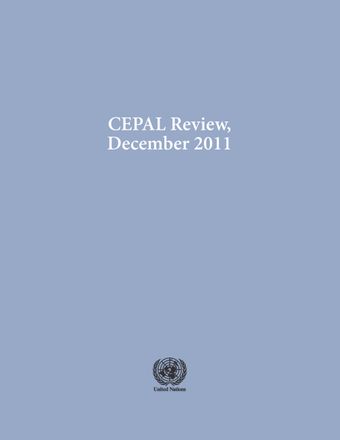-
Brazil: Structural change and balance-of-payments-constrained growth
- Source: CEPAL Review, Volume 2011, Issue 105, Dec 2011, p. 173 - 195
- Spanish
-
- 31 Dec 2011
- Previous Article
- Table of Contents
- Next Article
Abstract
This article argues that differences in gdp growth rates are related to differences in income-elasticities; and that these, in turn, depend on the technological intensity of domestic production. Statistical tests were conducted to verify this hypothesis; and the following hypothetical elasticities were estimated to demonstrate its validity for the Brazilian economy: (i) basic; (ii) expanded with capital flows; and (iii) implicit. Co-integration techniques were used in conjunction with vector error correction, to estimate real elasticities for each technological category of output in the Brazilian trade matrix. The results obtained were corroborated by analysing impulse-response functions and the decomposition of the forecast error variance, which confirmed that goods of higher technological intensity have higher income-elasticities. Thus, according to Thirlwall’s Law, increasing the domestic production of such goods should promote growth.





